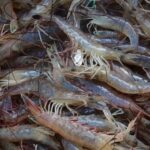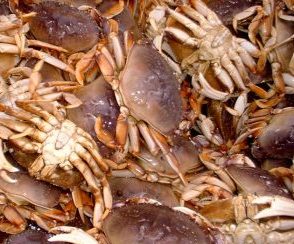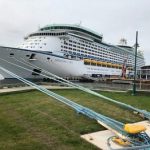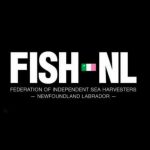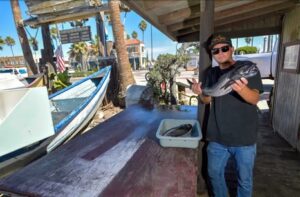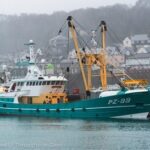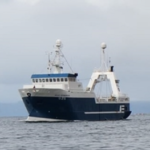Tag Archives: food web
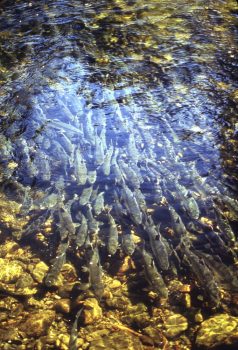
The Associated Press reported erroneously,,, Correction: Alaska-Salmon Hatcheries story
In a story Aug. 11 (Scientists warn of too many pink salmon in North Pacific) >click< about Alaska salmon hatcheries, The Associated Press reported erroneously that Alaska salmon hatcheries release 1.8 billion pink salmon fry annually. Total Alaska hatchery releases of all salmon and rainbow trout in 2018 was 1.8 billion fish, with pink salmon accounting for more than 1.05 billion. A corrected version of the story is below: Pink salmon numbers may threaten other North Pacific species >click to read< 13:47

Scientists warn of too many pink salmon in North Pacific
Biological oceanographer Sonia Batten experienced her lightbulb moment on the perils of too many salmon three years ago as she prepared a talk on the most important North Pacific seafood you’ll never see on a plate, zooplankton. Zooplanktons nourish everything from juvenile salmon to seabirds to giant whales. But as Batten examined 15 years of data collected by instruments on container ships near the Aleutian Islands, she noticed a trend: zooplankton was abundant in even-number years and less abundant in odd-number years. Something was stripping a basic building block in the food web every other year. And just one predator fit that profile. >click to read< 15:47
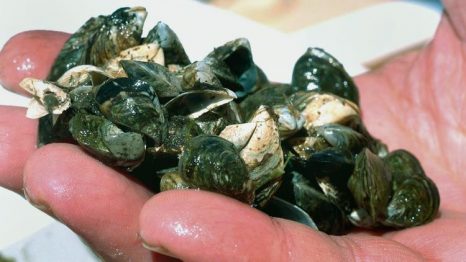
Lake Michigan has become dramatically clearer in last 20 years — but at a steep cost
Decades ago, Lake Michigan teemed with nutrients and green algae, casting a brownish-green hue that resembled the mouth of an inland river rather than a vast, open-water lake. Back then, the lake’s swampy complexion was less than inviting to swimmers and kayakers, but it supported a robust fishing industry as several commercial companies trawled for perch, and sport fishermen cast their lines for trout. But in the past 20 years, Lake Michigan has undergone a dramatic transformation. >click here to read< 16:38
Disease in herring threatens broader food web
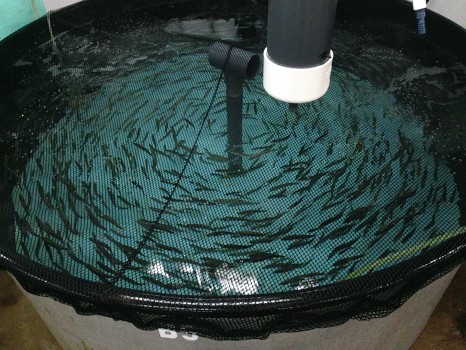 Tiny herring eggs and larvae are eaten by a multitude of invertebrates, such as crabs and amphipods. They are also important to fish, such as juvenile salmon and smelt, as well as numerous marine and diving birds. As herring grow into juveniles and adults, they enter into the larger food web, including numerous marine mammals, from harbor seals to orcas; vast numbers of birds, from tufted puffins to great blue herons; and a wide variety of fish, from Chinook salmon to halibut. Paul Hershberger, research fisheries biologist with the U.S. Geological Survey, has been studying diseases of herring at his lab on Marrowstone Island near Port Townsend. Read the article here 21:22
Tiny herring eggs and larvae are eaten by a multitude of invertebrates, such as crabs and amphipods. They are also important to fish, such as juvenile salmon and smelt, as well as numerous marine and diving birds. As herring grow into juveniles and adults, they enter into the larger food web, including numerous marine mammals, from harbor seals to orcas; vast numbers of birds, from tufted puffins to great blue herons; and a wide variety of fish, from Chinook salmon to halibut. Paul Hershberger, research fisheries biologist with the U.S. Geological Survey, has been studying diseases of herring at his lab on Marrowstone Island near Port Townsend. Read the article here 21:22

































